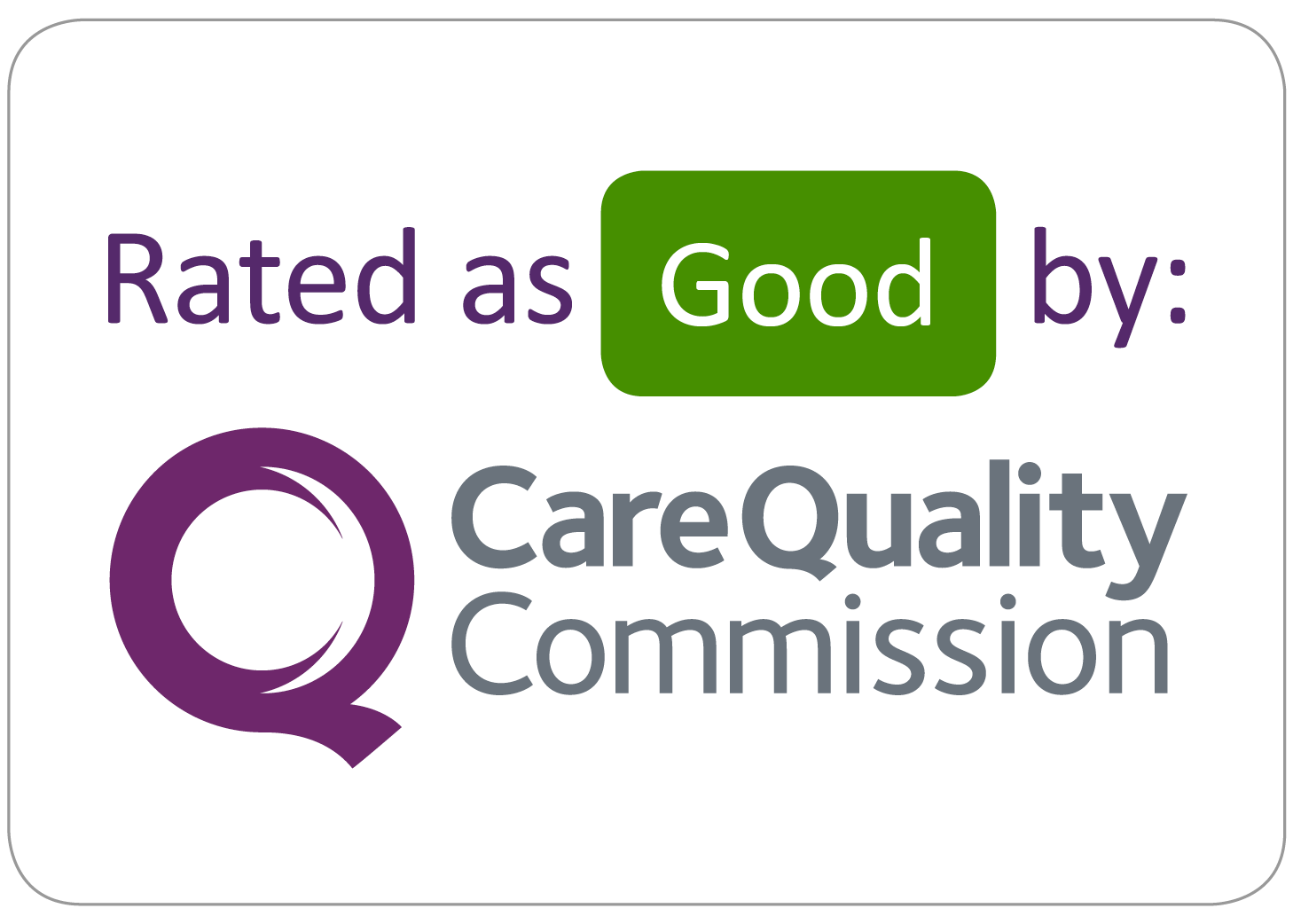Patient information

Welcome to our patient information page. Here you'll find details on some of the most common conditions we treat in trauma and orthopaedic care. Our goal is to provide you with a basic understanding of your condition and the general information.
What happens when I go to the hospital with a fracture (broken bone)?
Advice regarding outpatient follow-up following attendance with a fracture (broken bone)
A guide to your orthopaedic cast
A cast is a rigid bandage that holds a broken bone or an injured limb completely still. It works by preventing movement, which is essential for the bone to heal correctly and without pain. There are two main types:
- Plaster cast: Made from a heavy, white plaster material that hardens after being soaked in water. It is very strong but not waterproof.
- Fibreglass cast: Made from a lighter, synthetic material that is often more durable and can be made in different colours.
Proper cast care is crucial for a successful recovery.
- Keep it dry: Water can damage a plaster cast and cause skin problems underneath. You must keep your cast completely dry. When showering or bathing, cover the cast with a waterproof protector or a plastic bag sealed with tape.
- Do not put anything inside your cast: Never push anything, like a ruler or a coat hanger, down your cast to scratch an itch. This can cause skin sores or infections. You can try a hairdryer on a cool setting to relieve itching.
- Elevate your limb: To reduce swelling, especially in the first few days, keep your casted limb elevated above the level of your heart. Use pillows to prop it up.
- Keep it clean: Keep the outside of the cast clean, but do not get it wet.
Instructions on care of your casts
When to seek medical help
Contact your hospital or orthopaedic clinic immediately if you experience any of the following symptoms. These could be signs of a serious problem.
- Severe or increasing pain: Pain that is not relieved by elevation or standard pain medication.
- Swelling: New or worsening swelling, particularly in the fingers or toes.
- Numbness or pins and needles: A loss of feeling or a 'tingling' sensation.
- Colour changes: Your fingers or toes become very pale, blue, or change colour.
- A bad smell or discharge: If you notice a foul smell or fluid coming from the cast.
- The cast feels too tight or too loose: A cast that is too tight can cut off circulation, while one that is too loose will not properly support the injury.
- The cast is cracked, soft, or broken.
Removing the cast
When your bone has healed, a medical professional will remove the cast using a specialised saw. The saw is designed to cut through the rigid cast material without harming your skin. The process is quick and painless, although the saw can be noisy, and the skin underneath may look dry and flaky. After the cast is off, your doctor or a physiotherapist will advise you on the next steps for your recovery, which may include exercises to regain strength and flexibility.
Joint injection
A joint injection is a procedure where medication is delivered directly into a joint using a needle. The goal is to provide targeted and effective relief from pain and swelling caused by various conditions.
You can click on the icons below to find out more about problem in specific area.






















